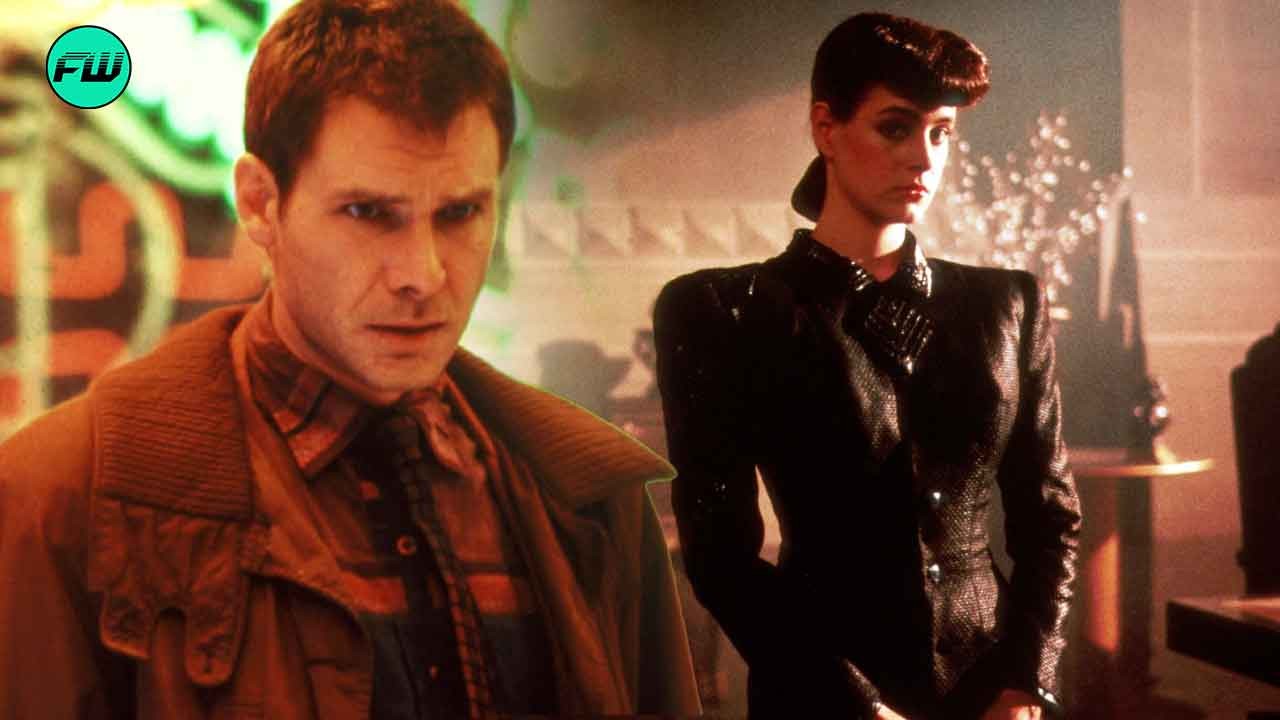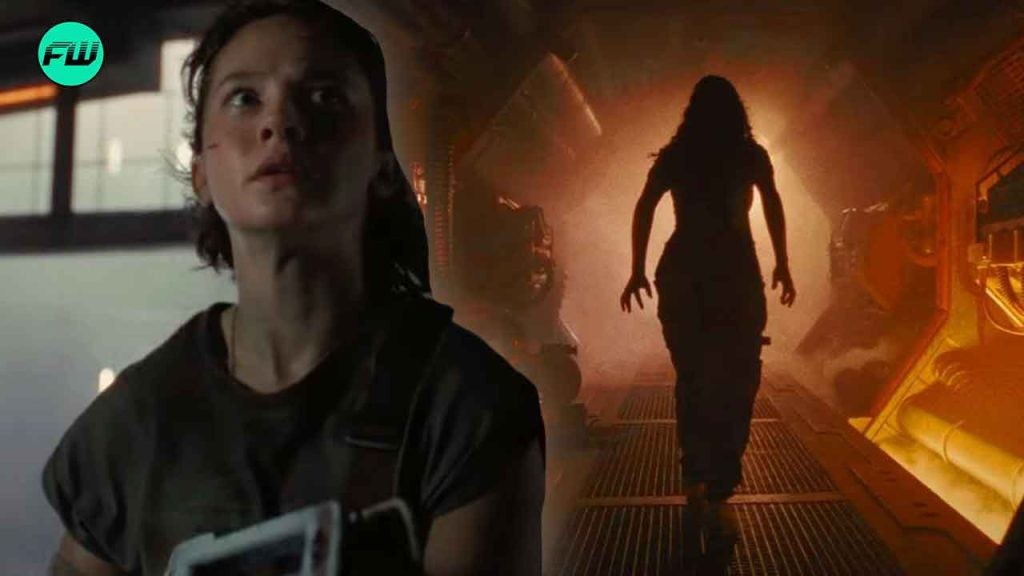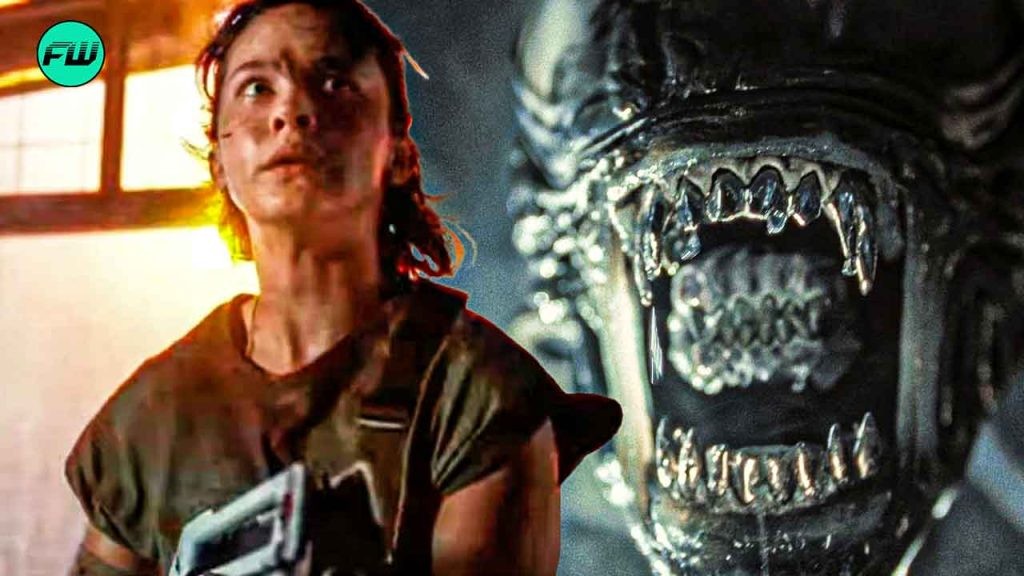It is no secret that Ridley Scott is an absolute genius and mastermind when it comes to filmmaking. For Blade Runner to become such a prosperous and lucrative masterpiece, Scott had to play his cards right. Set design was one of the most crucial elements in the movie, defining each and every scene. Thus, Scott’s brilliant approach completely changed the game, and it totally makes sense!
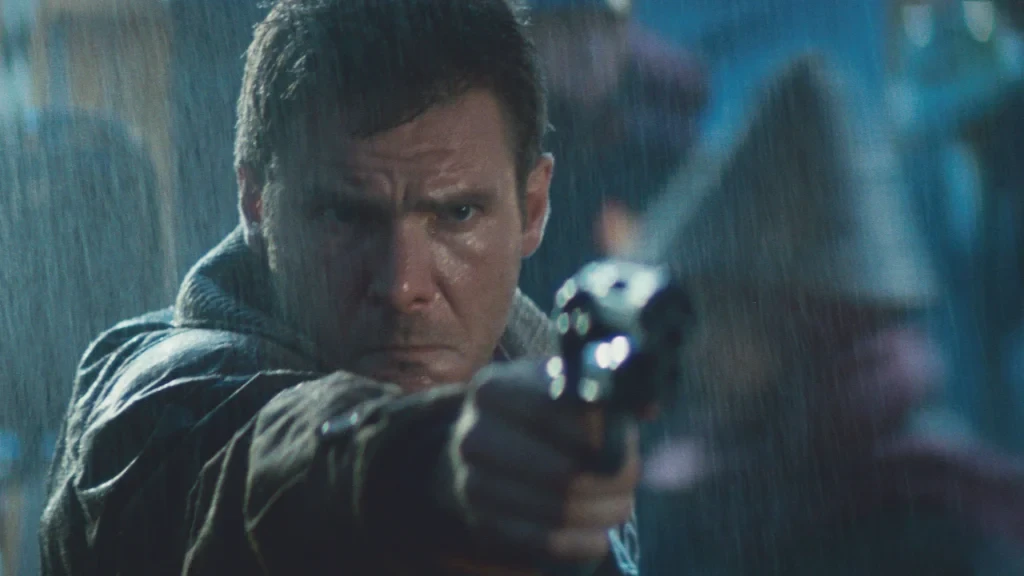
Ridley Scott’s Genius Move to Save Blade Runner!
The dystopian future of Blade Runner demanded a setting as iconic and as its storyline. Thus, the film’s futuristic settings were primarily shot at the Warner Bros. Studios’ pre-built “The New York street” set.
However, although the set was quite urban and legendary, given the films that were filmed there in the past, including Maltese Falcon in the 1940s, it couldn’t quite do justice to Ridley Scott’s vision. Additionally, all the futuristic sets also looked quite bad in broad daylight. Thus, Scott had a wonderful idea that completely changed the game.
In the behind-the-scenes making of Blade Runner, posted on YouTube by FilmIsNow Movie Bloopers and Extras, Ridley Scott revealed his genius idea. He said,
“The reason I could not have done most sets in daylight, they wouldn’t look good. They looked pretty bad, and we would have to spend more money. So by shooting at night, you save money and it looks better, and it’s always raining; it looks better, that’s what it’s about. And where’s the why is there all the smoke because I haven’t got enough money. It looks better. So those three elements are almost my armory. Night. Wet. Smoke.”
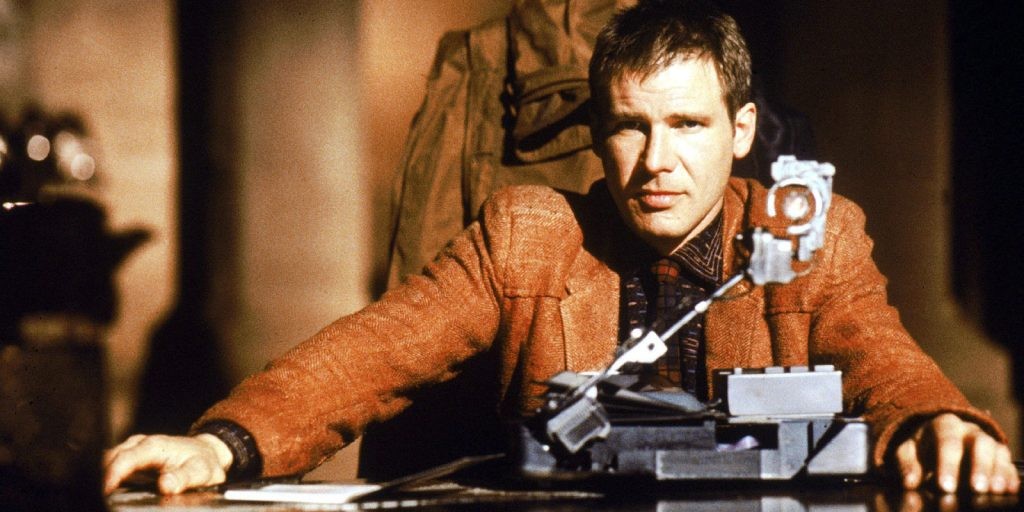
He explained how the limitations of the studio set inspired him to innovate. Scott’s solution? to dive into the darkness, literally. By filming mostly at night, he turned the ordinary into the extraordinary, filling the streets with dazzling neon lights that screamed cyberpunk. This gutsy decision didn’t just make the film visually stunning, it made it a sci-fi classic.
At the end, it came down to whatever would look good within the budget constraints, and it worked and it worked how. Not only did the wet look add more to the grim and futuristic aesthetic, but the smoke and darkness also elevated the stakes to another level. All thanks to Ridley Scott’s brilliant mind, which saved the studio a ton of money.
Blade Runner stands out as a unique film still today. Set 40-50 years into the future, this detective thriller has stood the test of time. In discussions that later found their way into an article by Herb A. Lightman & Richard Patterson (via theasc.com), Ridley Scott explained how he came up with the aesthetics the movie’s set would have. He expalined,
“Think of Chicago or New York City right now, the over-saturation, how impossible it is to maintain some of these buildings. Think how expensive it’s going to be to take down the Empire State Building. It will cost as much as building it.”
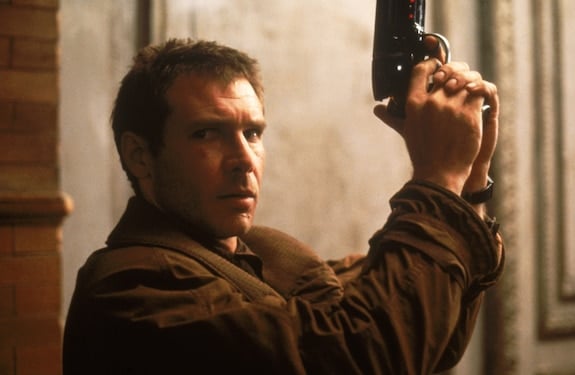
He continued,
“Eventually, you’ll just have to ‘retrofit’ things on the face of the building rather than having to pull half the side off, re-house the air conditioning or re-wire it. The cost will get so high it’s going to be simpler just to smack things on the outside. So maybe buildings will start to be designed from the inside out. You wear your guts on the outside. That gives us a picture of a textured city.”
Ultimately, all this effort presented the audience with a world that was far beyond anything they could imagine. A masterpiece indeed!
Blade Runner is avialable for rent on Amazon.

